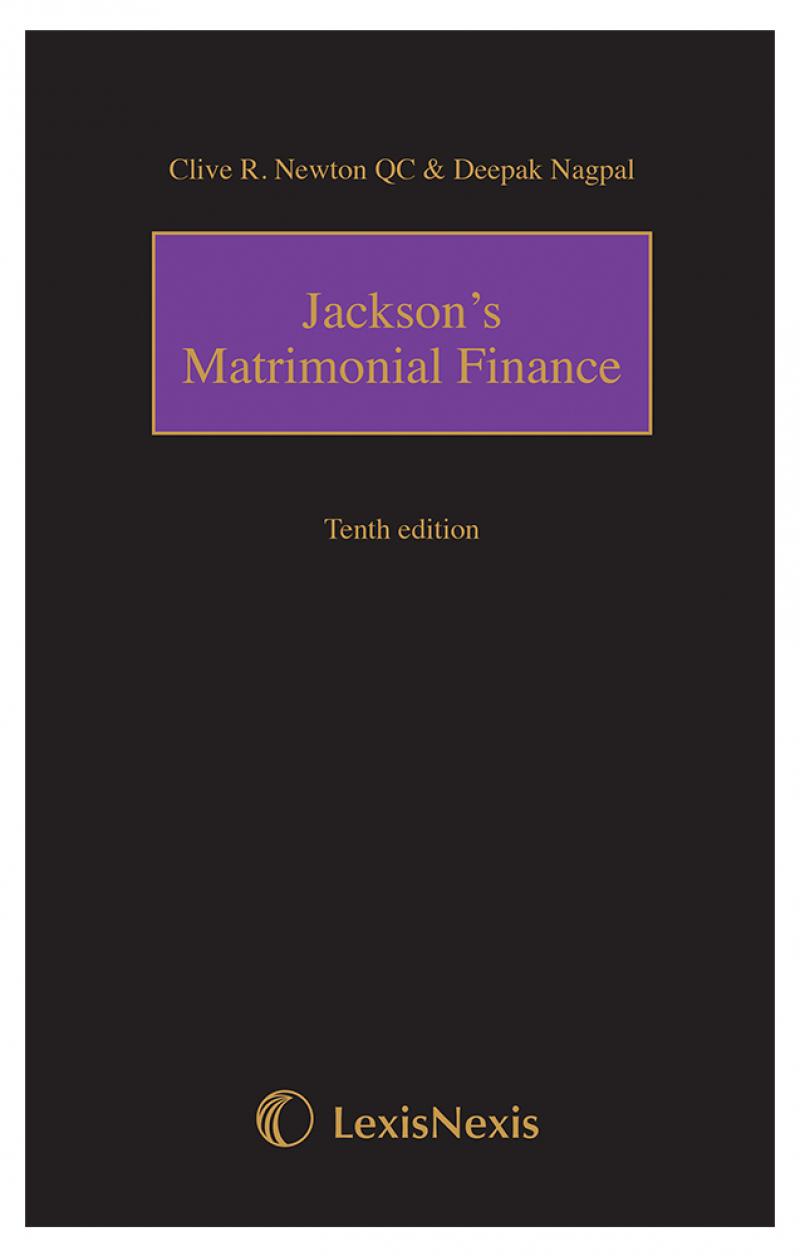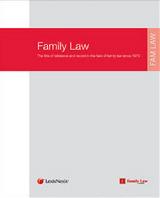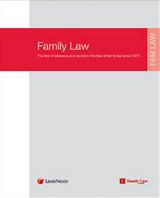- News & Comment
-
Online Shop
Online Services
Looseleafs
Law Reports
Books and eBooks
-
CPD & Events
Webinars
Events
- Authors
- About Family Law
- Contact












 18 FEB 2025
18 FEB 2025

 18 FEB 2025
18 FEB 2025

 18 FEB 2025
18 FEB 2025

 18 FEB 2025
18 FEB 2025

 11 FEB 2025
11 FEB 2025








By Emma Hatley, Solicitor, Withers.
The Government's Press Release BN25 published after the Budget on 22 March 2006 is titled 'Aligning the Inheritance Tax Treatment for Trusts'. In December 2003, the Government announced that their approach to the reform of the taxation of trusts was essentially to create a level playing field between assets held in trusts and assets held personally by individuals. Emma Hatley says the measures announced in the Budget in relation to inheritance tax completely contradict that stated objective.
Accumulation and Maintenance Trusts (A and M trusts)
From 22 March 2006, except in very limited circumstances, anyone establishing a new A and M trust will be subject to an inheritance tax charge at 20% on the value of chargeable assets gifted to that trust in excess of the nil rate band (£285,000 from 6 April 2006). Furthermore, these trusts will be taxed on a 10-yearly basis at 6% on the excess value over the nil rate band.
Unless existing trusts (ie those established prior to 22 March 2006) are, or are converted by 6 April 2008 into ones where the children concerned receive the property outright at age 18, they will also be subject to the 6% 10-yearly charge inheritance tax rule on the excess value over the nil rate band even though these rules had no application at the time the settlement was created.
Life Interest Trusts (IIP Trusts)
These trusts are commonly used by parents to provide for their adult children. The current inheritance tax treatment of IIP Trusts is the same as that applicable to outright gift, namely gifts into trust are potentially exempt transfers and no periodic or exit charges apply. These trusts will now become subject to the discretionary trust regime when the life tenants interest comes to an end unless, on the death of the existing life tenant, the property passes outright to another individual.
Adding to Existing Settlements
Care should be taken in relation to any additions to existing settlements as well as the establishment of new settlements, as the new rules will apply equally to both.
Implications for Will Planning
It would seem that multi-generational trusts and those with flexible overriding powers could be treated unfavourably and that choices may need to be made between accepting the discretionary regime with 10-yearly charges at 6% on the excess value over the nil rate band or outright gifts unless property continues to qualify for 100% relief from inheritance tax as business or agricultural property.
Conclusion
The current beneficial regime afforded to all but discretionary trusts, will be limited going forward to a very narrow category of trusts for the disabled or trusts where children receive property outright at age 18. In summary, subject to transitional rules, trusts created on or after 22 March 2006 in life or on death will be liable to the same tax regime as general discretionary trusts.
From a family practitioners perspective, it is assumed the general principle, that the discharge of a liability pursuant to a court order (even a consent order) is not a disposition that generates an inheritance tax charge, will be unaffected by the new regime and that, in any event, the reliefs afforded by ss 10 and 11 of the Inheritance Tax Act 1984 would continue to operate. However, a full assessment of the detailed implications of these changes cannot be made until publication of the Finance Bill 2006, due in late April.
See May [2006] Fam Law 405 for the full news article.
Click here if you subscribe to the Family Law journal online.




Leave a commentOrder by
Newest on top Oldest on top